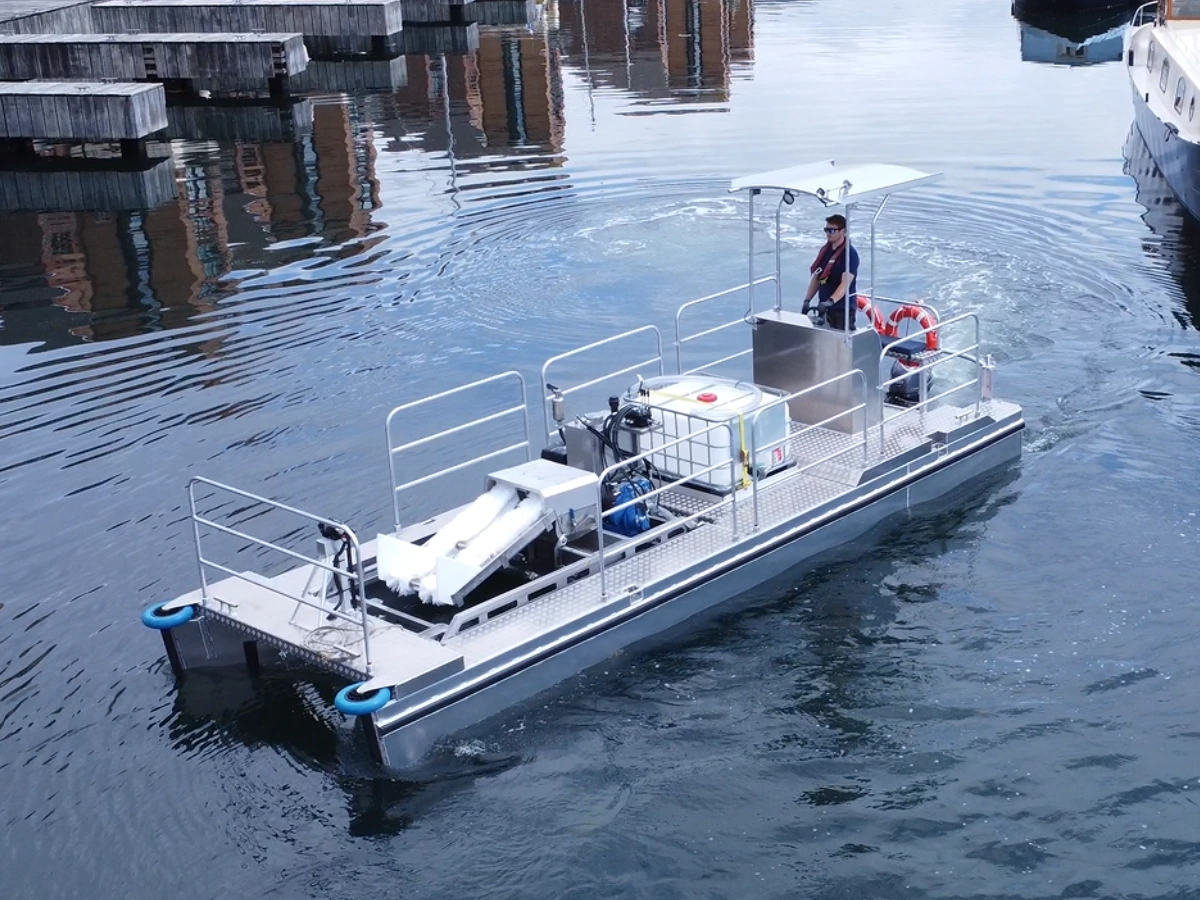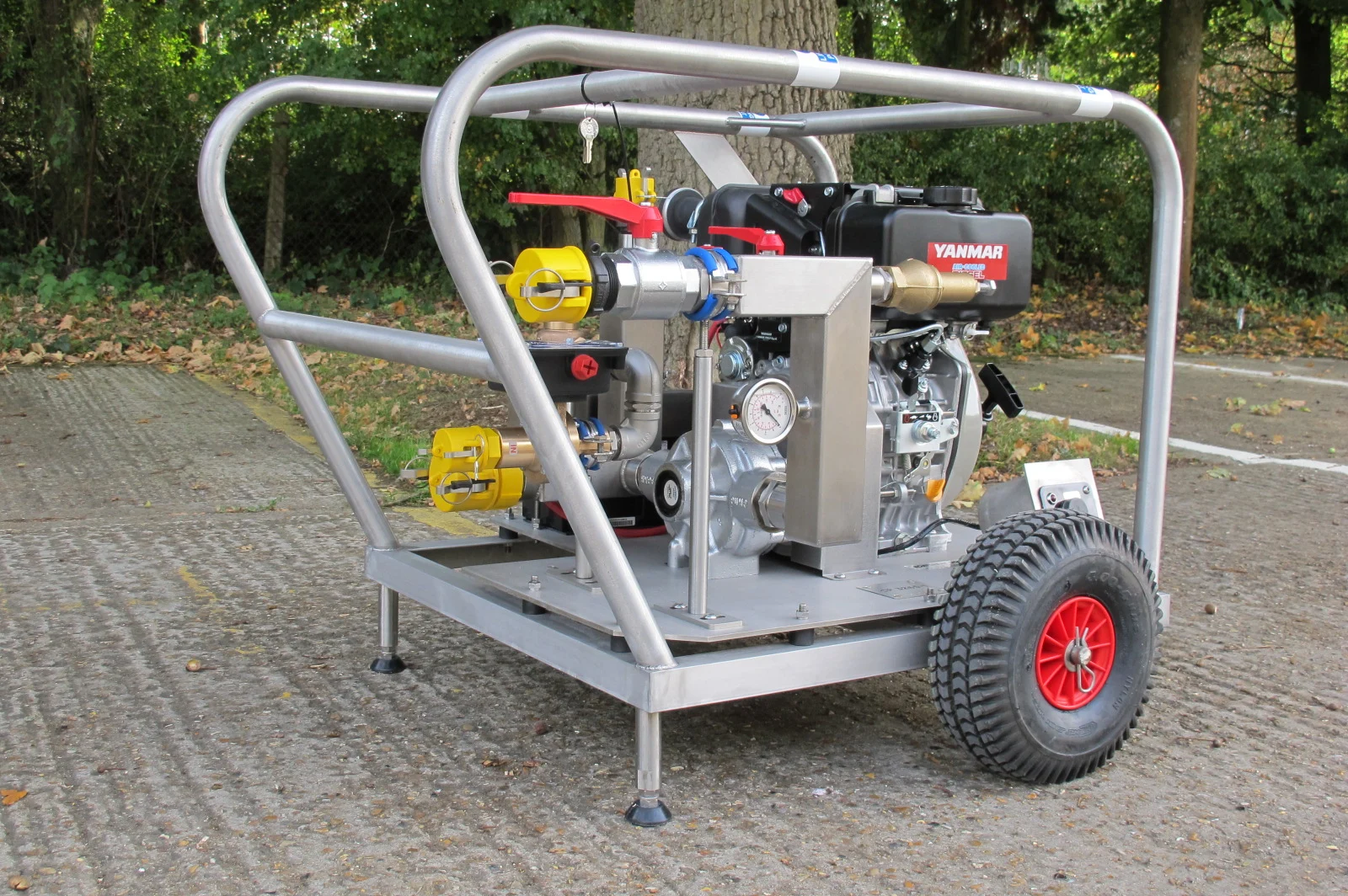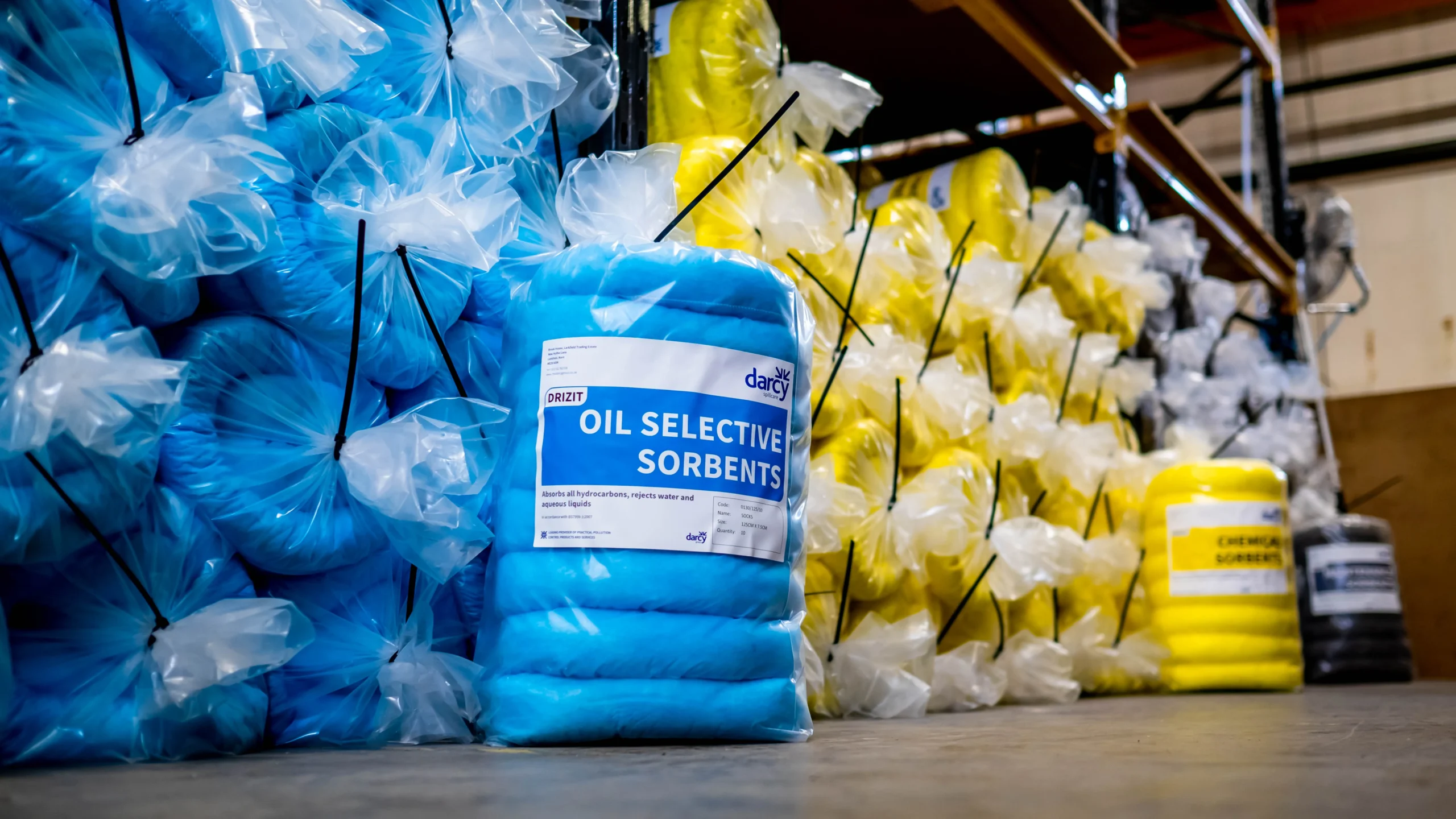
September 5, 2025
The Equipment Assistance Service (EAS) consists of stand-alone oil pollution response equipment stockpiles in selected areas around Europe.
This service complements the response capacity available through EMSA’s network of oil spill response vessels.
The EAS equipment is on standby, ready to be mobilised around the clock anywhere in European waters and shared sea basins.
Ayles Fernie was invited to tender to supply a range of portable dispersant spray systems, including a portable nozzle solution.

Our offer included the popular AFEDO Nozzles which would provide ‘vessel of opportunity’ capability. The nozzles allow for easy, operationally flexible installation. The AFEDO Nozzles have proved very popular with the oil spill response industry. The system needed to be capable of supplying a total effective swath width of a minimum of 15 metres, port and starboard of the vessel. Our BOATSPRAY 200 portable dispersant spray system complete with AFEDO Nozzles is capable of producing an effective swath width of 16 metres per side and met/exceeded all criteria required in the tender process.
With over 25 years of experience supplying these types of dispersant systems, Ayles Fernie International was awarded the contract in 2018 to supply four locations. Four BOATSPRAY 200 – TS systems were supplied to Ravenna in Italy, two systems were supplied to Limassol, Cyprus, two to Devnya, Bulgaria and, finally, two systems were delivered to Aberdeen. The system was supplied complete with all fittings, hoses and spares stored within an aluminium container for neat storage purposes.
Furthermore, Ayles Fernie was invited to provide a BOATSPRAY Operator training course to key personnel within the EMSA network which was presented in June 2019. The training consisted of 3 phases, theoretical classroom tuition, practical demonstrations and practical exercises with students. Topics such as advantages and disadvantages of dispersants, the chemical makeup of dispersants and calculating application rates were explored during the classroom session followed by unpacking and setting up the system and adjusting the controls for optimum application.
Read about more of our work in our latest case studies.

September 5, 2025

October 28, 2024

August 28, 2024